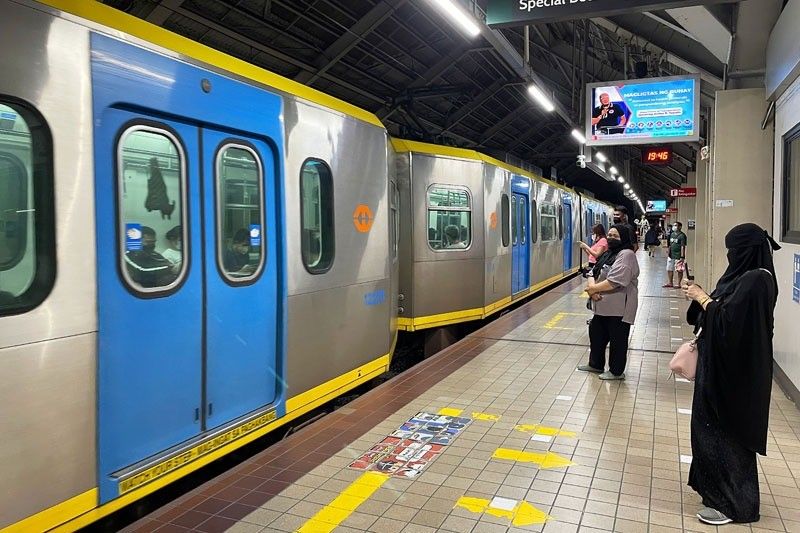Two years into pandemic, a new struggle begins as workers head back to offices

MANILA, Philippines – If it’s up to Jayson Cayetano, he would like to work from home for much longer.
Cayetano, 30, works as a floor support manager for one of the big call centers in Metro Manila. He was promoted to his current position amid the coronavirus pandemic which battered the domestic economy. Like his industry peers, he will be part of one of the biggest shifts in the professional workforce since March 2020.
They will need to cram themselves back inside air-conditioned spaces in April as part of the national government’s push to send professionals back to the office as vaccination ramps up.
“We’re not prepared for this one,” Cayetano said in an interview over Zoom. “Even if we’re in Alert Level 1 and the threat of the pandemic has slowed, I think the government still needs to study this decision. The biggest concern for most of us is the price of gasoline.”
The return to offices would be a huge undertaking. Call center firms would need to figure out how they would cram 300-400 employees in an office floor, where thousands could be streaming in and out daily. While only those vaccinated are allowed in offices, companies would still need to check whether employees reporting to on-site work aren’t infected since some could report to work sick to avoid pay cuts amid surging inflation.
The Duterte administration decided that Information Technology-Business Process Management (IT-BPM) companies located in tax perks-giving economic zones can only implement remote work for 90% of their workforce until March 31 — a deadline that the industry were hoping to be extended to September 12 this year.
Cayetano works for an IT-BPM firm that risks losing its tax perks if it doesn’t comply with government rules. He said none of his colleagues are eager to return to on-site work. Some of them do not even live in Metro Manila anymore as many opted to head to provinces to escape harsh urban lockdowns. They could work anywhere as longs as they have internet connection, he argued.
The government is placing its bets on consumption driving economic recovery. Economic officials believe businesses and enterprises nearby work establishments could see a revival of sorts when workers return to the office. In Cayetano's office, their pantry used to host a 7-11 convenience store. That's all but gone now since call center employees weren't reporting to the office.
But Cayetano said he will only favor a return to the office if there’s more support and incentives from the company. This, as rising transport costs continue to burden commuters while wages in the capital region have not increased since 2018.
“Before it was the allure of hazard pay. Instead of an allowance for internet, it would be much better if the company gave us transportation allowance,” Cayetano said. “We can do our jobs WFH. This is unlike a regular job that we have specific client meetings and whatnot. Our only investment is an internet connection.”
Call center companies are making another appeal to the government. But this time they would try to reach a compromise by proposing a “hybrid model” combining physical and work-from-home setups.
“That is what we are currently assessing, amidst the general direction to encourage onsite presence to spur more economic activities," Trade Secretary Ramon Lopez, who co-chairs the Fiscal Incentives Review Board (FIRB) that manages the administration of tax breaks, said in a Viber message.
But beyond the call center industry, the struggle to return to the office is also present in other sectors. For the past two years, workers have made drastic changes in their lifestyle after the pandemic upended everyone’s day-to-day life — and coming back to the office means making major adjustments anew.
Bettina Pangalangan, 30, works at the House of Representatives. As an introvert, she knew she had to face this transition to a physical workspace with a brave face.
Pangalangan felt she flourished, even thrived, when remote work was allowed. She was able to augment her income, hustling on the side with online gigs. She delved deeper into her graduate school studies (online, of course) and even learned how to drive a car.
“The new normal requires us to physically interact with people again,” she said in a separate interview.
"With the nature of my work, you really have to be out there. I'm not totally against it, I don't resist it. This is the trajectory of my life. If I hold back, I don't think I can keep up with it again," she added.
- Latest
- Trending





























